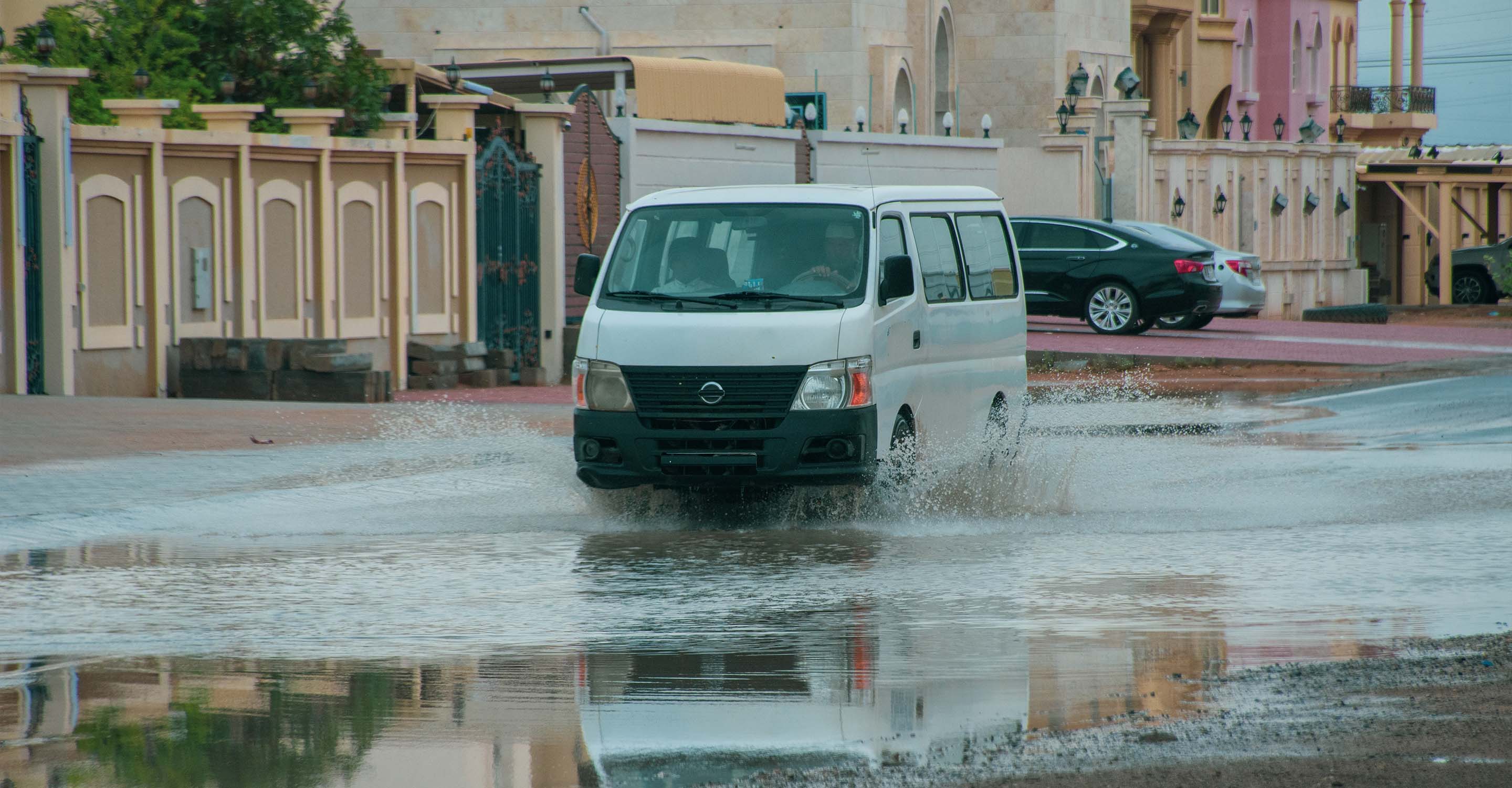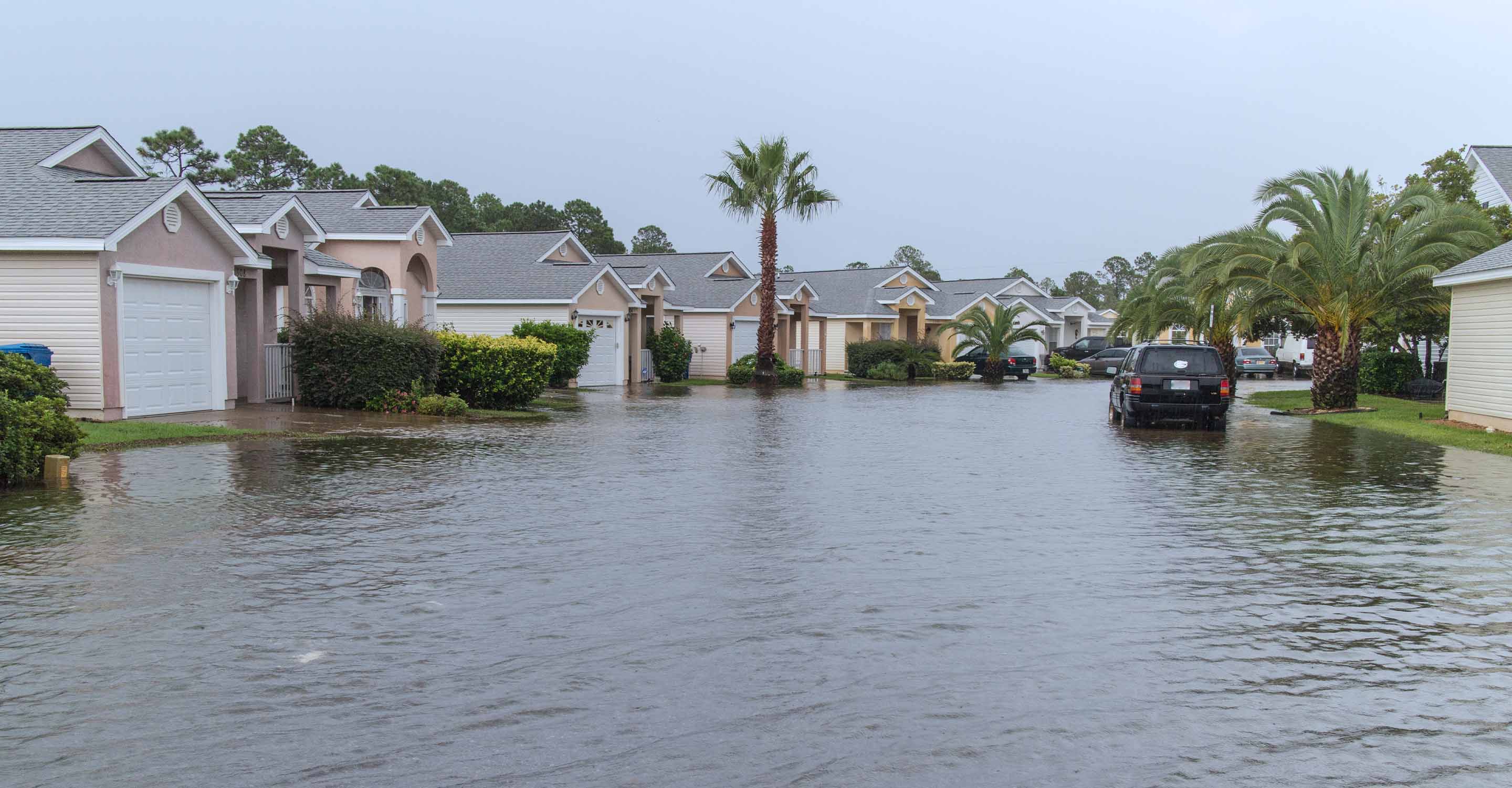Johannesburg air quality map
Live air pollution map of Johannesburg
61.9K people follow this city
Full screen
Contributors
1
Stations
1
Contributors category
1
Government
0
Non-profit organization
0
Educational
0
Corporate
0
Individual
0
Anonymous
Most polluted air quality stations
| # | station | US AQI |
|---|---|---|
| 1 | Diepkloof | 68 |
community highlight
Johannesburg most followed contributors
Health Recommendations
| Sensitive groups should reduce outdoor exercise | |
| Close your windows to avoid dirty outdoor air GET A MONITOR | |
| Sensitive groups should wear a mask outdoors GET A MASK | |
| Sensitive groups should run an air purifier GET AN AIR PURIFIER |
Become a contributor
Get an AirVisual Outdoor and contribute to collecting millions of data points for the Johannesburg map to track local air pollution
Understand air pollution and protect yourself
Johannesburg MAP AIR QUALITY ANALYSIS AND STATISTICS
How much information about air quality is there on the air pollution map for Johannesburg?
There is a great deal of very interesting information about air quality on the air pollution map for Johannesburg which is very easy to access from the main city page. The air pollution map appears towards the top of this main page and it will open when selected to reveal all the interesting information on air quality.
The first thing the viewer will notice is the intense colouration of the background of the map. This is a strong visual message which shows the current air quality. Colours can vary between green and dark maroon and the darker they get, the worse the air quality. The same colours are used throughout the IQAir website. There are also some coloured discs dotted across the map which represent the location of the ground-level air monitoring stations. Sometimes these discs may overlap each other, but by slowly expanding the map, they will begin to separate. Each of these can then be independently explored by opening its own page.
Each of these discs shows a number at its centre which is the United States Air Quality Index reading or US AQI for short. These readings are calculated by taking measurements of the six most commonly found air pollutants in the city air. These are usually both sizes of Particulate Matter (PM2.5 and PM10), nitrogen dioxide, sulphur dioxide, carbon monoxide and ozone. They are then used when comparing different levels of air quality in various locations around the globe. The entire system has the backing of the World Health Organisation (WHO).
The current state of the air can be seen on the main city page at the top, in the coloured banner. The colour of the banner itself is also an indication of the air quality. At the beginning of 2023, the air quality was rated as “Moderate” with a US AQI reading of 60. The main pollutant was found to be PM2.5 with a recorded level of 16.3 µg/m³ which is over three times the recommended target figure of 5 µg/m³ as suggested by the WHO.
Just below the air pollution map for Johannesburg can be seen the number of contributors there are that supply the data about air quality. There are currently two contributors, one is a government department (South African Air Quality Information System) and the other is corporate (ADW Group (Pty) Ltd).
Is there any more interesting information on the air pollution map for Johannesburg?
There is a lot more quality information on the air pollution map for Johannesburg but the page needs to be viewed at maximum size to be able to see all there is on offer. This is straightforward because there is an icon at the top of the page which re-opens the page in full-screen mode. Once in full-screen mode, a list of four options will be visible on the left-hand side of the screen. These options can all be turned on or off individually to get a better idea of the effects each one has.
The first option shows the location of all the ground-level air monitoring stations there are in the vicinity, although not all of them will be controlled by the city. This can be useful when planning a trip further afield. The second option shows if there are any fires burning out of control in the area. Currently, there is one just south of Alberton. When one is seen, option four can be very helpful because it shows the speed and direction of the prevailing winds and will give a guide of where the smoke may blow.
This just leaves option three which changes the background colour of the map to show the current air quality. Some may find the overall colour to be confusing, in which case, it can be deactivated and the colours will then revert to a standard set which might be easier to understand.
The remaining information can be seen on the right of the screen where a table will be found. This table ranks the top seven most polluted cities in the world in descending order. If this is of special interest, the fuIl-ranking page will be of great interest because it shows all the participating world cities in descending order.
Is the source of the polluted air visible on the air quality map for Johannesburg?
Whilst the source of the polluted air cannot be seen directly on the air pollution map for Johannesburg, it is known that air pollution enters the air from various sources. These include power generation activities, industrial processes, waste disposal, transport (both private and public), biomass burning (the burning of living or dead plant material, including grassland, forest, agricultural waste and the burning of biomass for fuel), domestic fuels, landfills, wastewater treatment and agriculture.
How detrimental to health is PM2.5 which is seen on the air pollution map for Johannesburg?
The fine particles ("particle matter") are a significant source of air pollution that damages the heart and lungs in particular. The size of these particles is about 2.5 micrometres in diameter and even smaller, and can easily penetrate the lungs as well as in the cardiovascular system, causing inflammation. It is also suspected that particles contribute to cardiovascular problems by promoting atherosclerosis, which can lead to the narrowing of blood vessels, as well as cardiovascular inflammation and an increase in blood clots. The consequences of this are hypertension, heart attacks, heart failure and strokes. Air pollution is therefore a serious problem that affects everybody’s health.
Air pollution is a major source of concern in developing industrial areas such as the Vaal Triangle Air Shed Priority Area, South-Durban Industrial Basin (SDIB) and the Highveld Priority Area (HPA).
However, most sources of air pollution are far beyond the control of individuals and require action by city management, as well as national and international policymakers in sectors such as transport, energy waste management, buildings and agriculture.
Industry is a major consumer of energy and relies mainly on fossil fuels, especially coal. The industrial/mining sector is also a major consumer of electricity at a national level. The largest industrial consumer of electricity is the mining sector, followed by the iron and steel, and non-ferrous metal industries.
Johannesburg air quality data attribution
1Contributor
Government Contributor
1 Data source










